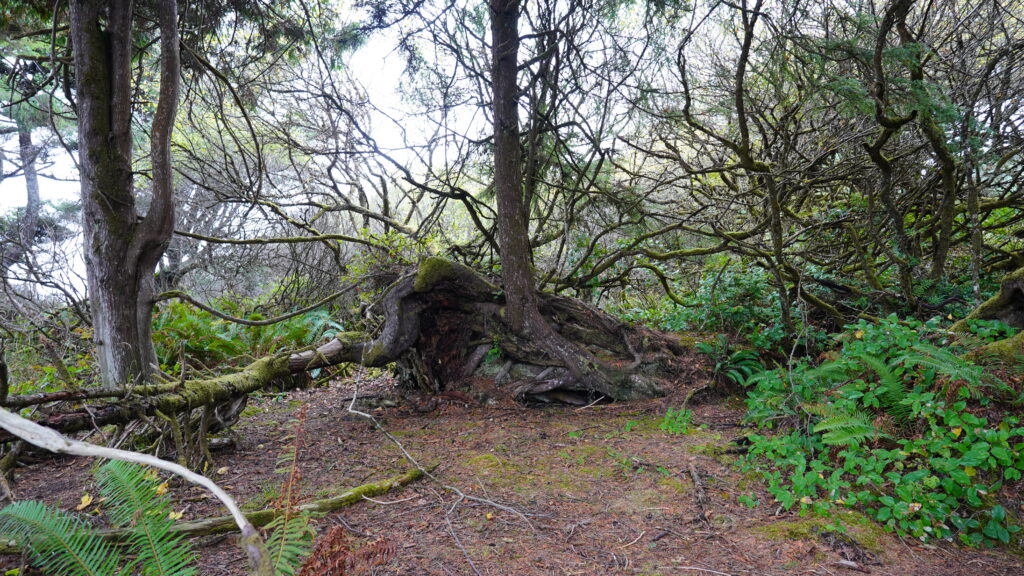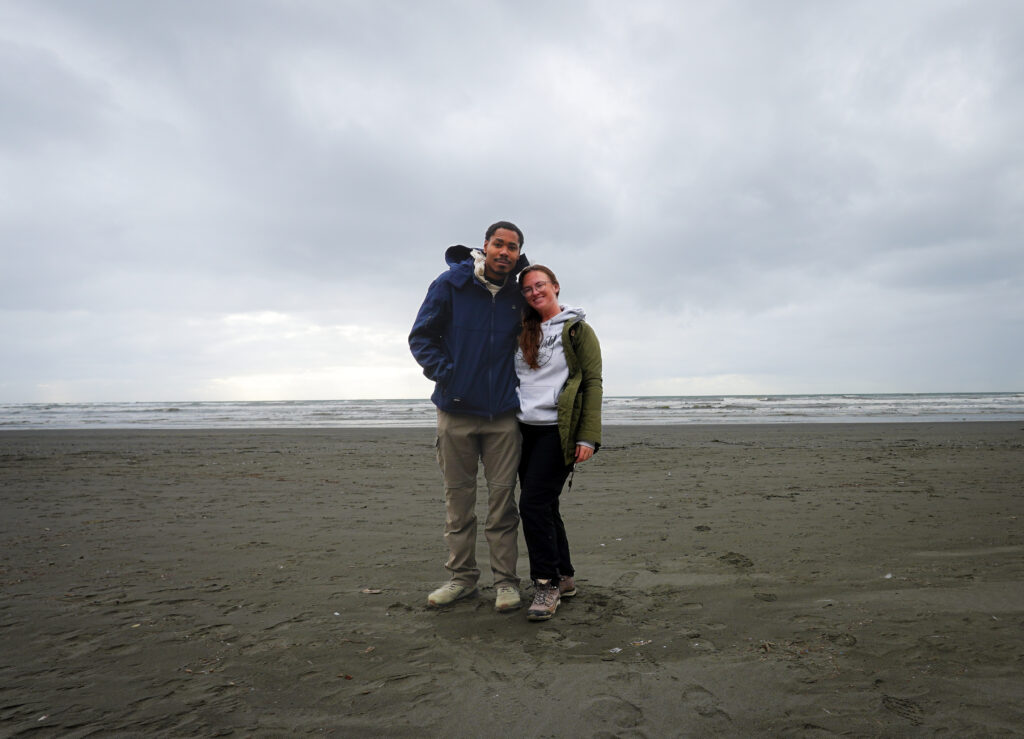Welcome To The Tree Of Life In Washington
Have you ever heard of the Tree of Life? Well, now you have! The Tree of Life is an extraordinary nature occurrence located right in the state of Washington! Sitting on the pacific coast of Washington, a coast best known for it’s rough waters and high winds, it continues to stand tall. The best time to visit would be during the summer, the warmest and sunniest part of the year.
This guide will walk you through everything you from what to expect seasonally, outdoor activities and why the Tree of Life is a marvelous place to visit when you’re in Washington.
Wanna know more? Read on!
Key Takeaways
- Short Hike To The Beach: About a quarter mile, or even less of a walk to the beach from the Kalaloch Campgrounds
- Enjoy The Sun During The Summer: Best time to go is during the summer, the other seasons tend to be more rainy and rougher weather.
- Beach-Combing & Exploring Local Towns: Great local spots around town for food & drinks after a day at the beach.

What is the Tree of Life?
The Tree of Life stands as a powerful symbol of resilience and survival, its roots suspended in a testament to endurance. Nestled on the edge of Kalaloch Beach, this living landmark embodies the continuous cycle of growth and adaptation.
Location
Just a short drive from the charming town of Forks, known for its logging history and Twilight book series, stands the Tree of Life in Washington State. From Seattle, it’s a scenic journey along Highway 101, winding through the lush Olympic Peninsula for about 4 hours, winding through the lush Olympic Peninsula before revealing the rugged coastline. The tree’s most astonishing feature is its seemingly gravity-defying roots, a spectacle that draws curious eyes and nature enthusiasts alike. People flock to the Tree of Life for its emblematic representation of resilience, and the serene beauty Kalaloch Beach offers, making it a sought-after destination for those looking to escape the city’s bustle.
History
The age of the Tree of Life isn’t known exactly but a sitka spruce trees can live up to 800 years. Given its location on the rugged coast of Washington State and its survival against significant erosion, the Tree of Life could potentially be hundreds of years old. However, without direct study it’s difficult to determine its precise age.
The Tree of Life exemplifies the dramaticimpacts of coastal erosion, a natural process that shapes the landscapes of coastal regions around the world. The erosionthat carved out the cave beneath the tree’s roots highlights the dynamic and ever-changing nature of coastal ecosystems.
Over time, the coastal erosion has washedaway the soil around the tree’s base, leaving a cave-like void beneath it. Instead of falling or dying as might be expected given these conditions, the tree’s roots have stretched and intertwined to span this gap, creating a natural bridge that supports the tree’s continued growth and survival.
What does the Tree of Life symbolize today, well – it’s desire to continue to thrive even though all the odds are against it. The tree’s root system sits on an empty cave created by erosion, with the roots visibly hanging in the air, which is so wild if you think about it!
Photography
The Tree of Life has become a popular subject for photographers, drawn to its unique beauty and the compelling story it represents. This natural wonder, with its roots suspendedover an eroded bluff, offers a visual metaphor for resilience and survival that resonates deeply with those who witness it. Photographers, both amateur and professional, are captivated by the challenge of capturing the essence of this remarkable tree and the dramatic interplay of light, shadow, and natural scenery that surrounds it.


The Best Day Hikes Around The Tree of Life
Right around the corner from the Tree of Life, you will find some pretty awesome hiking trails. From a easy hike of just under a mile and half to a longer over 5 mile hike. During these hikes you will really feel the the nature and magicalfeeling of the Pacific Northwest.
Kalaloch Creek Nature Trail
All Trails Link https://www.alltrails.com/explore/trail/us/washington/kalaloch-nature-trail
Length 1.4 mi
Type Out and Back
The journey to the heart of Olympic National Park’s coastal beauty is epitomized by the Kalaloch Creek Nature Trail, a captivating and accessible path that guides adventurers through the diverse ecosystems near Kalaloch Beach. Starting near the Kalaloch Lodge, this trail offers a serene exploration of the Pacific Northwest’s unique environment. As you meander along this well-maintained trail, you’re enveloped by a rich mosaic of coastal flora, towering trees, and the soothing sounds of Kalaloch Creek’s flowing waters. This immersive experience culminates in breathtaking views of the creek meeting the ocean, a testament to the natural wonders that define this pristine wilderness area.
Kalaloch to Browns Point Trail
All Trails Link https://www.alltrails.com/explore/trail/us/washington/kalaloch-browns-point-trail
Length 5.4 mi
Type Out and Back
The walk from Kalaloch to Browns Point is a beautifultrip along the sea in Olympic National Park. This easy path goes by the beach and high cliffs by the ocean, showing off the best of the coast. It starts near Kalaloch Lodge and takes you through places where you can see tide pools, big pieces of driftwood, and natural sea arches. As you go, you’ll hear the waves crashing and feel the sea wind. This walk ends at Browns Point, a quiet spot where you can look out at the big, wide ocean. It’s a simple yet stunning way to see the wild and beautiful coastline of the park.
Practical Information
Learn about the best time to visit the Tree of Life and what to expect. Read more!
Best Time To Go
Late Spring through early Fall! You are most likely to get more sunny and bright days than cold and rainy days. The pacific coast can bring in rough and inconsistent weather, especially during late Fall into the Winter season.
The Winter time is probably the least popular time to go, but there sometimes that’s what makes the Tree of Life even more incredible. Being right there, with the winds and cold weather, makes this tree even more marvelous!

Nearby Destinations
- Hoh Rainforest An enchanting, lush temperate rainforest teeming with ancient trees and vibrant mosses, offering serene trails through its verdant expanse.
- Forks, Washington A small town known for its logging history, surrounded by the natural beauty of the Olympic Peninsula and famed as the setting for the “Twilight” saga.
- Quinault Rainforest: A tranquil rainforest showcasing a rich ecosystem around Lake Quinault, with towering trees and scenic waterfalls.
- Sol Duc Falls A majestic waterfall nestled in the heart of Olympic National Park, accessible through a forested trail that highlights the park’s natural splendor.
- Lake Crescent A deep, glacially carved lake known for its crystal-clear waters and the stunning mountain scenery that frames its shores.
The Tree of Lifeisn’t just a marvel of nature; it’s a symbol of endurance and adaptability, rooted on the edge of Kalaloch Beach. Its story, from the mystery of its age to its struggle against coastal erosion, captivates all who learn of it. The treecontinues to thrive against all odds, its roots suspended over an eroded bluff, presenting a sight that’s as incredible as it is inspiring.
Now, it’s time to book your flight or get in your car, and visit this incrediblesight to see!
FAQs
1. What is the Tree of Life?
A unique Sitka spruce in Olympic National Park, Washington, famed for its exposed roots over an erosion-formed void.
2. Who should visit the Tree of Life?
Ideal for nature lovers, photographers, hikers, and families seeking a unique natural spectacle.
3. What activities can you do there?
Visitors can enjoy short hikes, photography, beachcombing, and picnicking in the scenic area around the tree.
4. Why visit the Tree of Life?
It’s a stunning example of nature’s resilience and beauty, offering a memorable and inspiring outdoor experience.








